(Barely) Tempered: Concepts in Tension
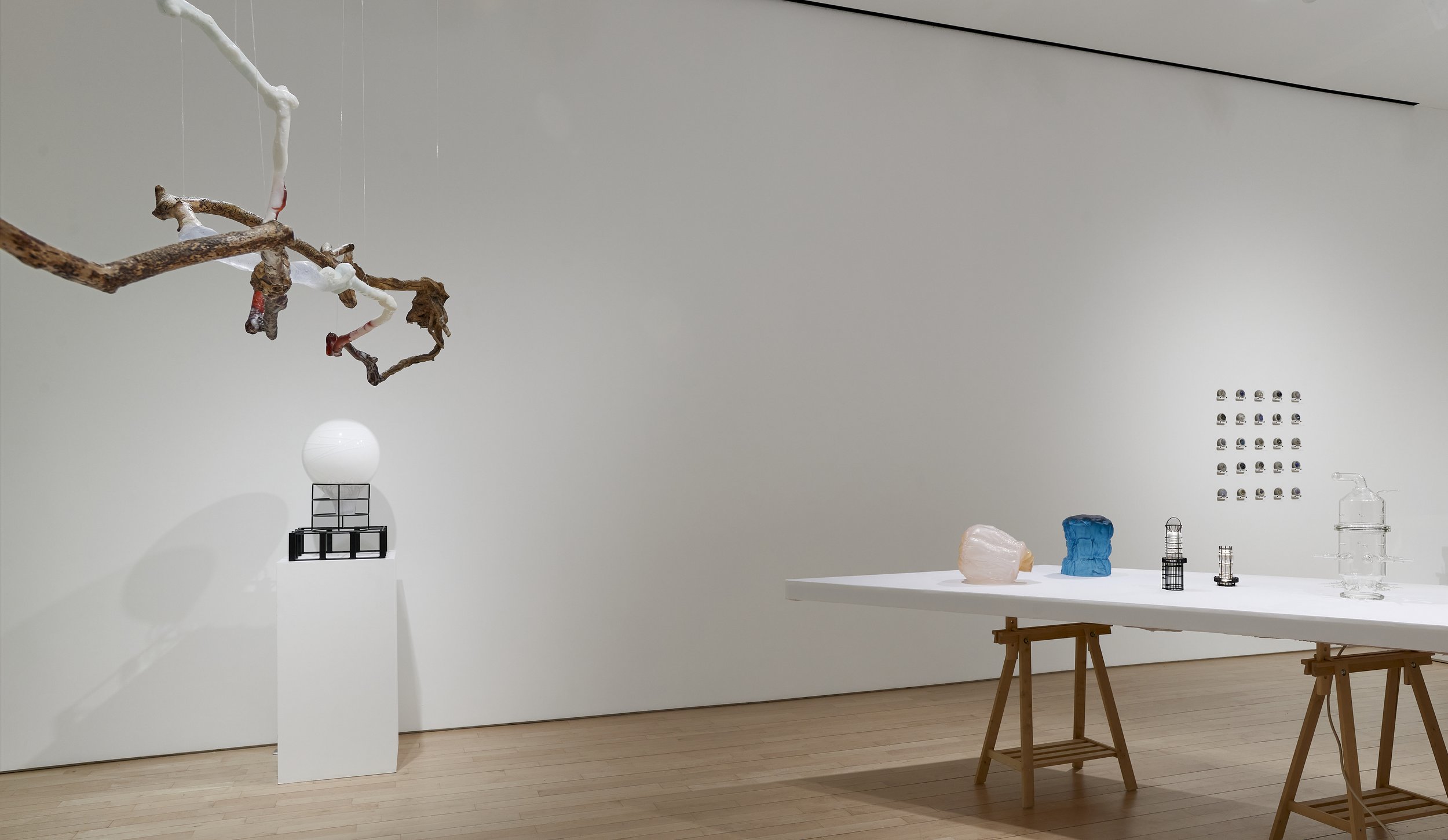
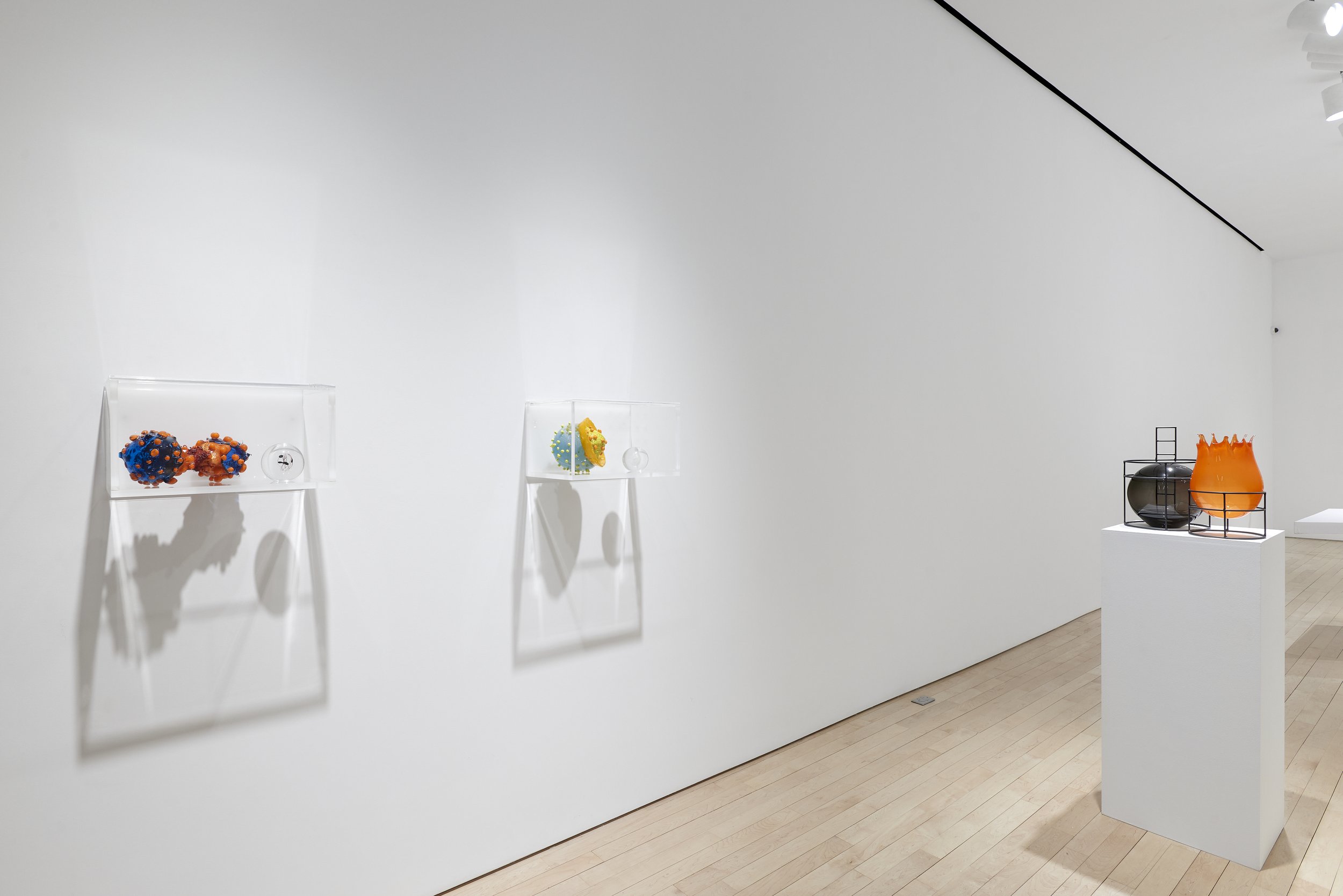
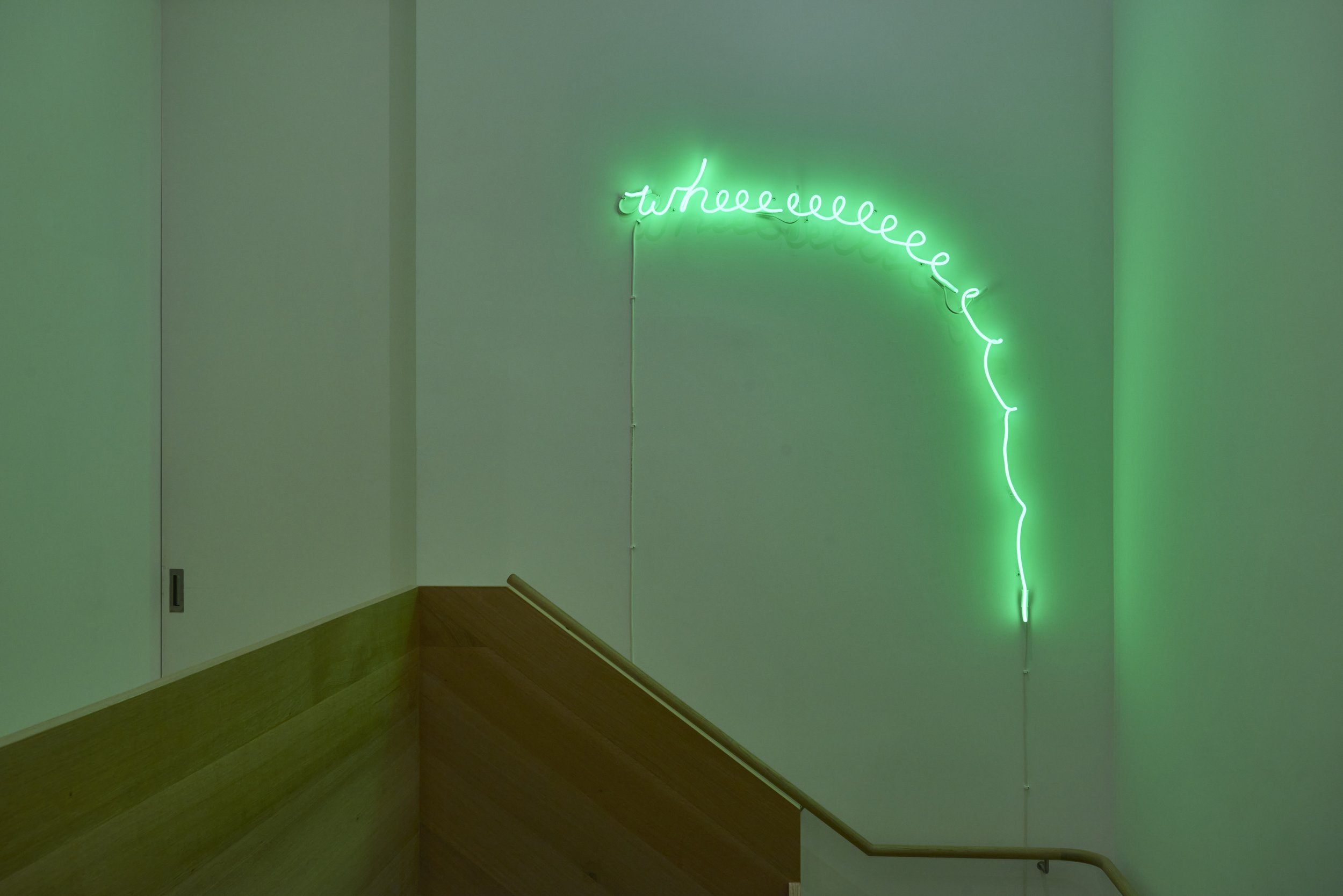
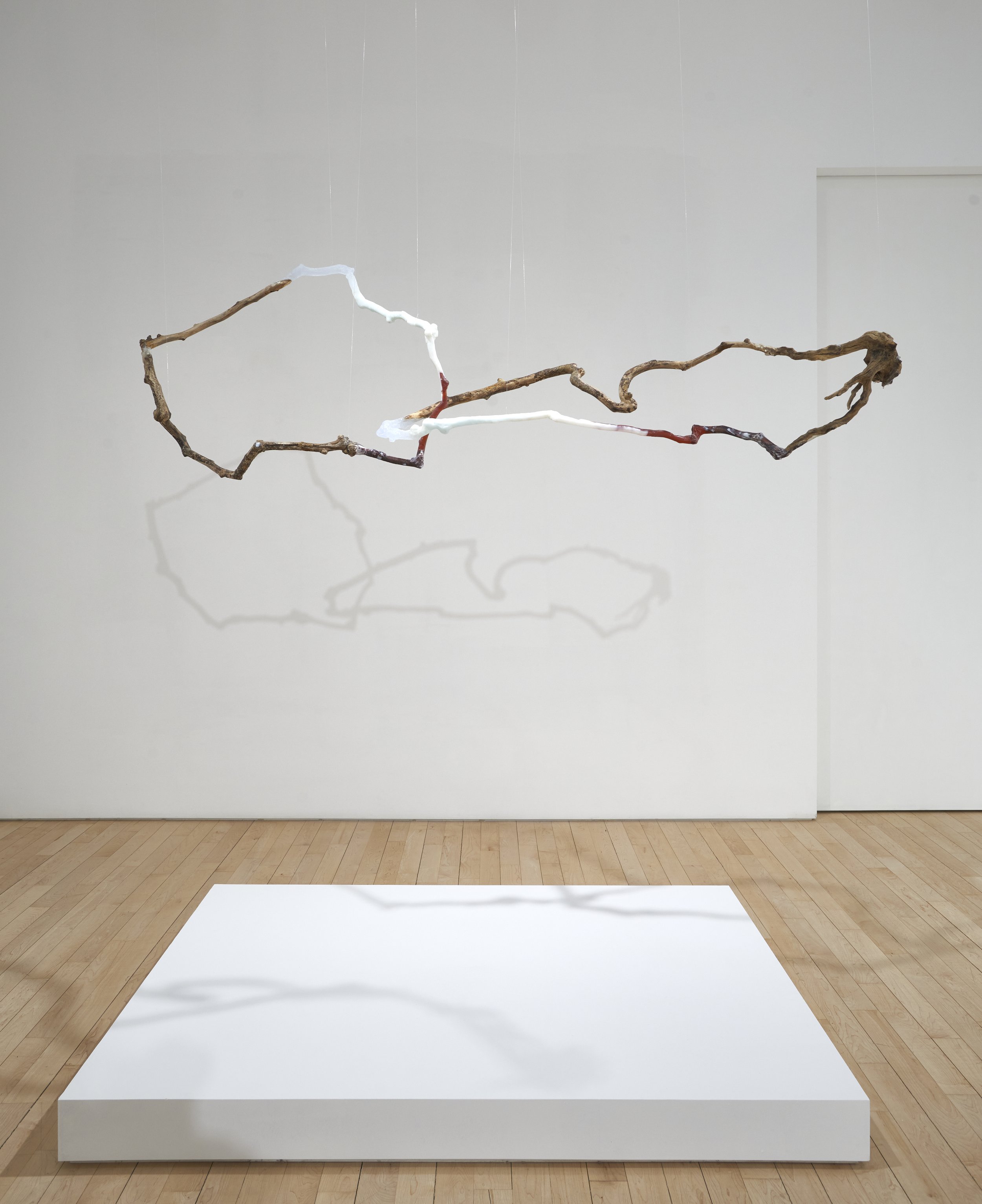
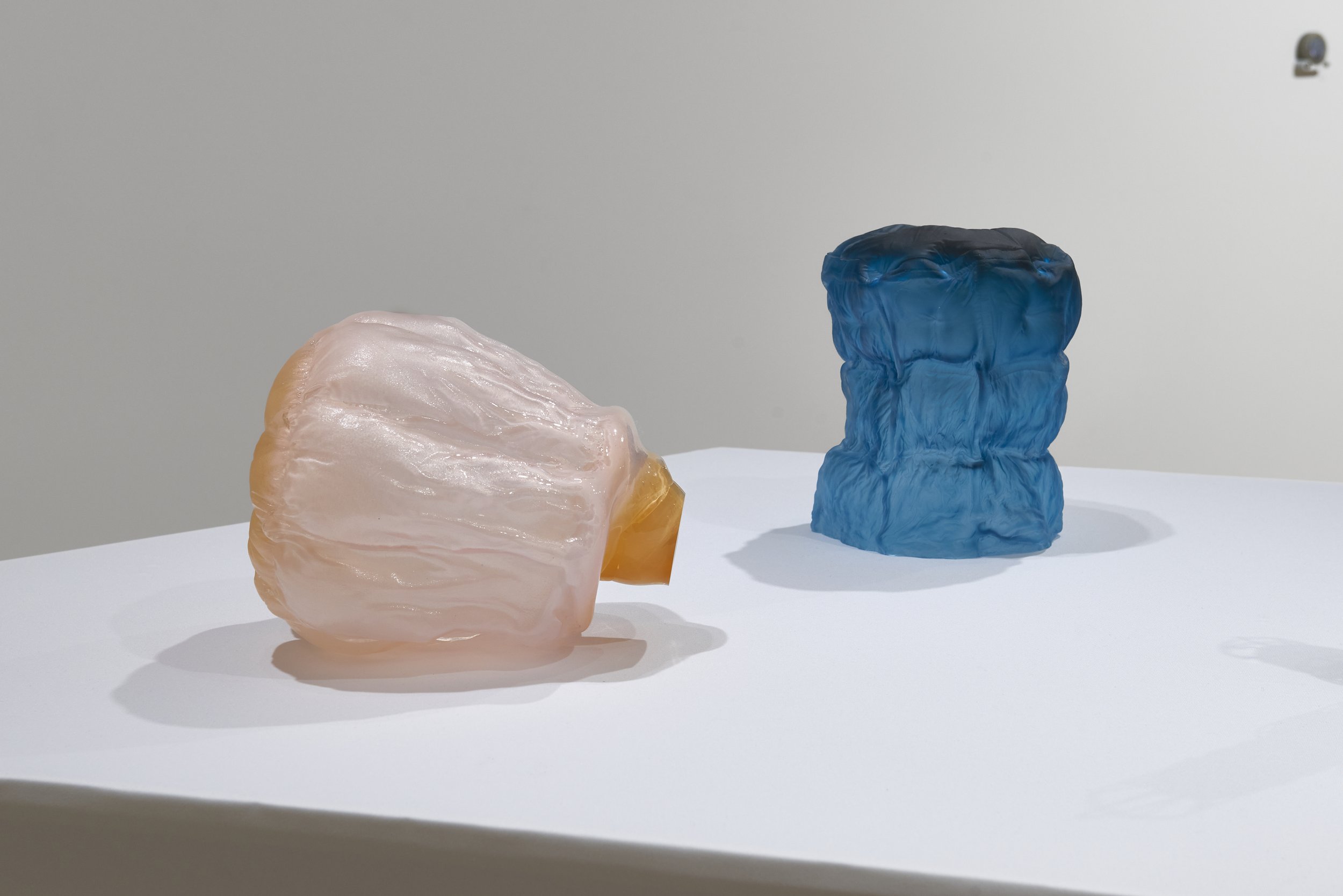
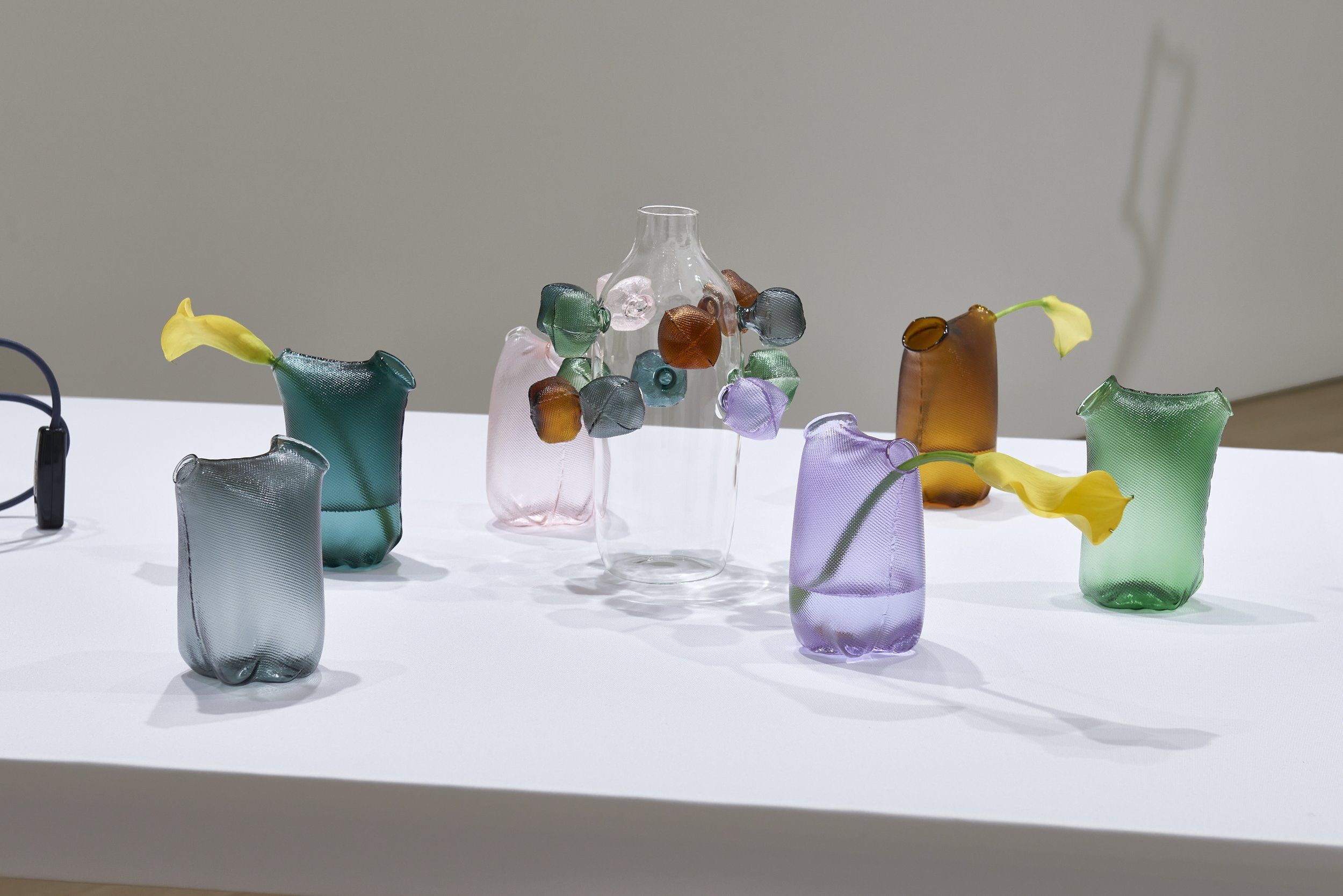
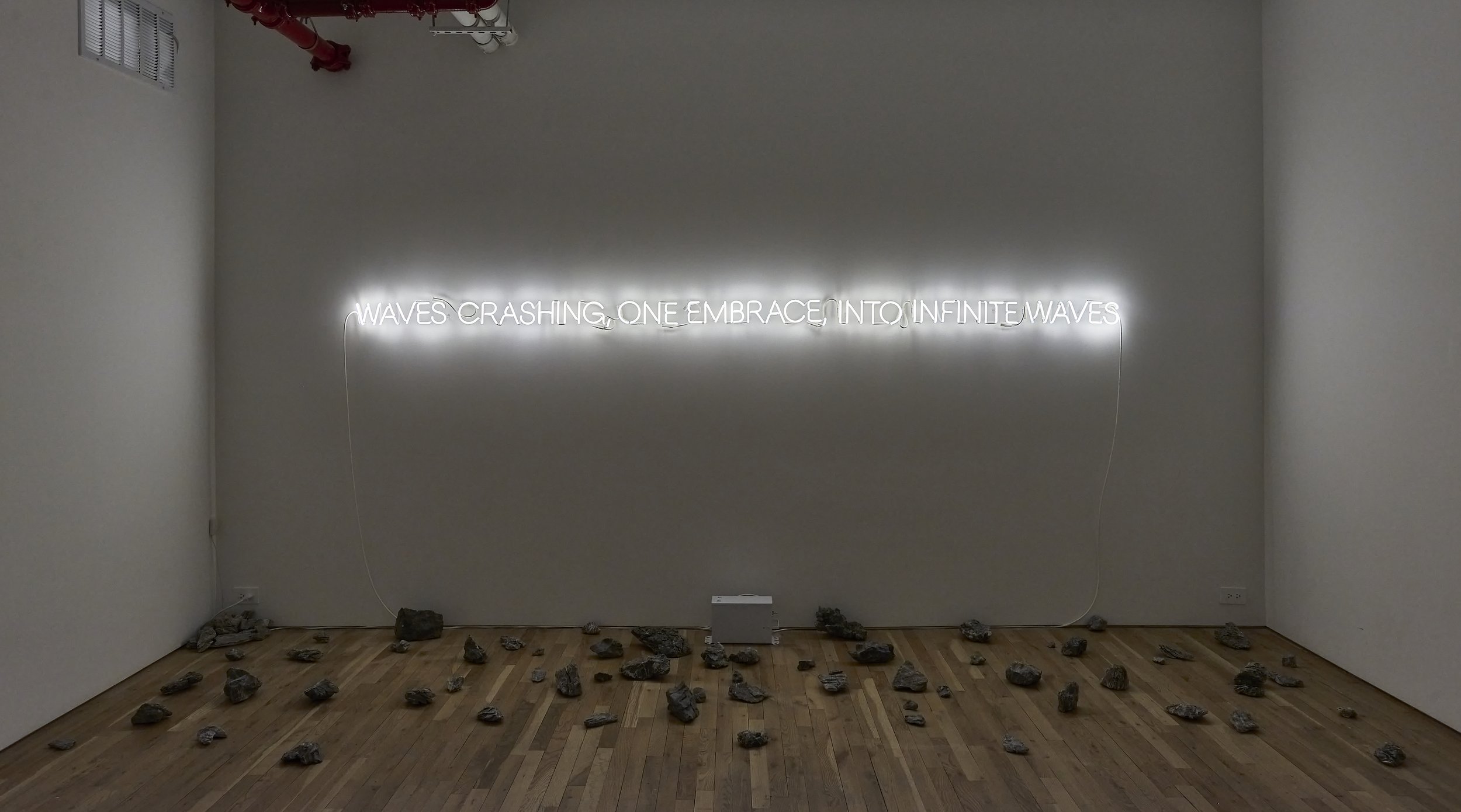

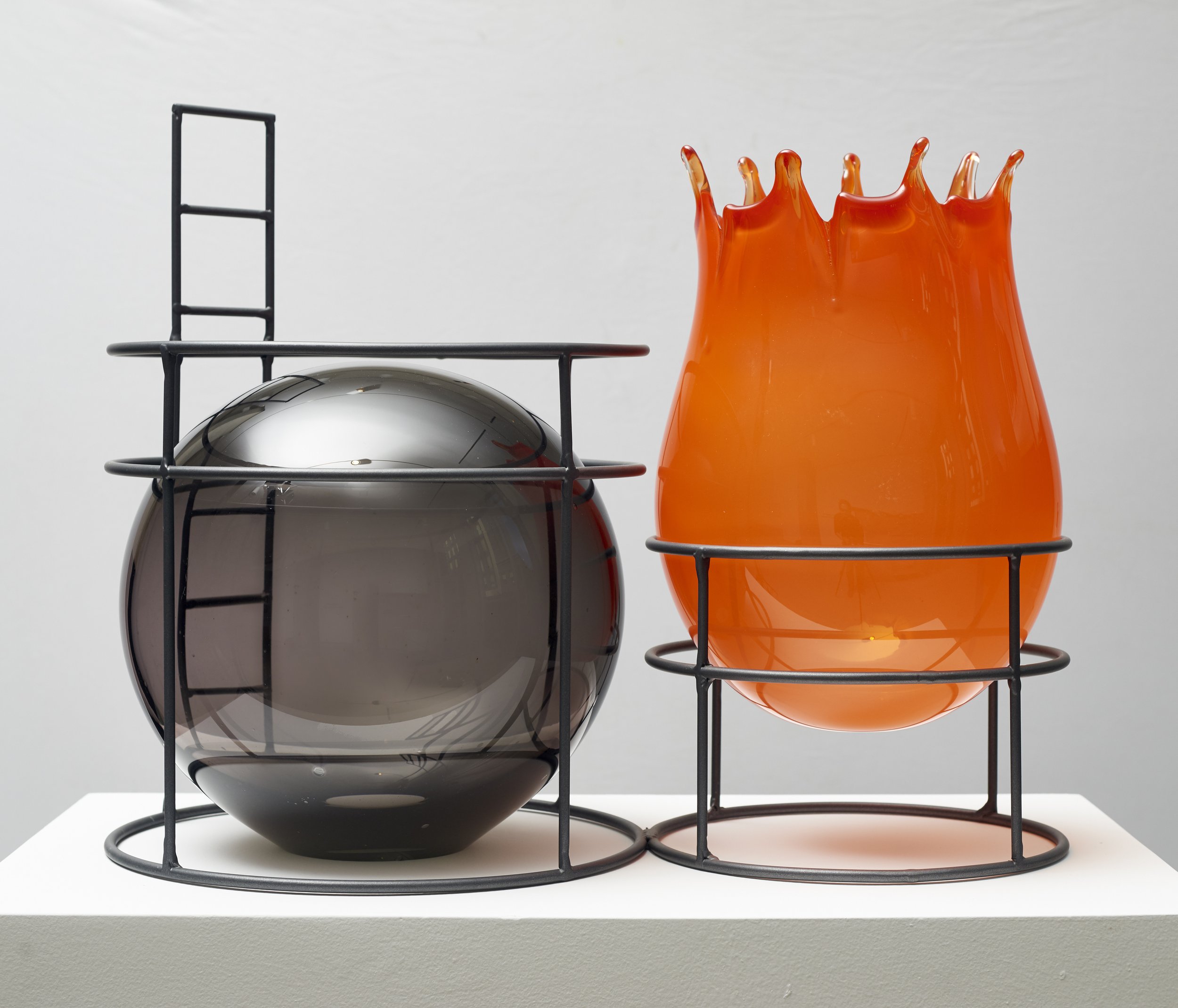
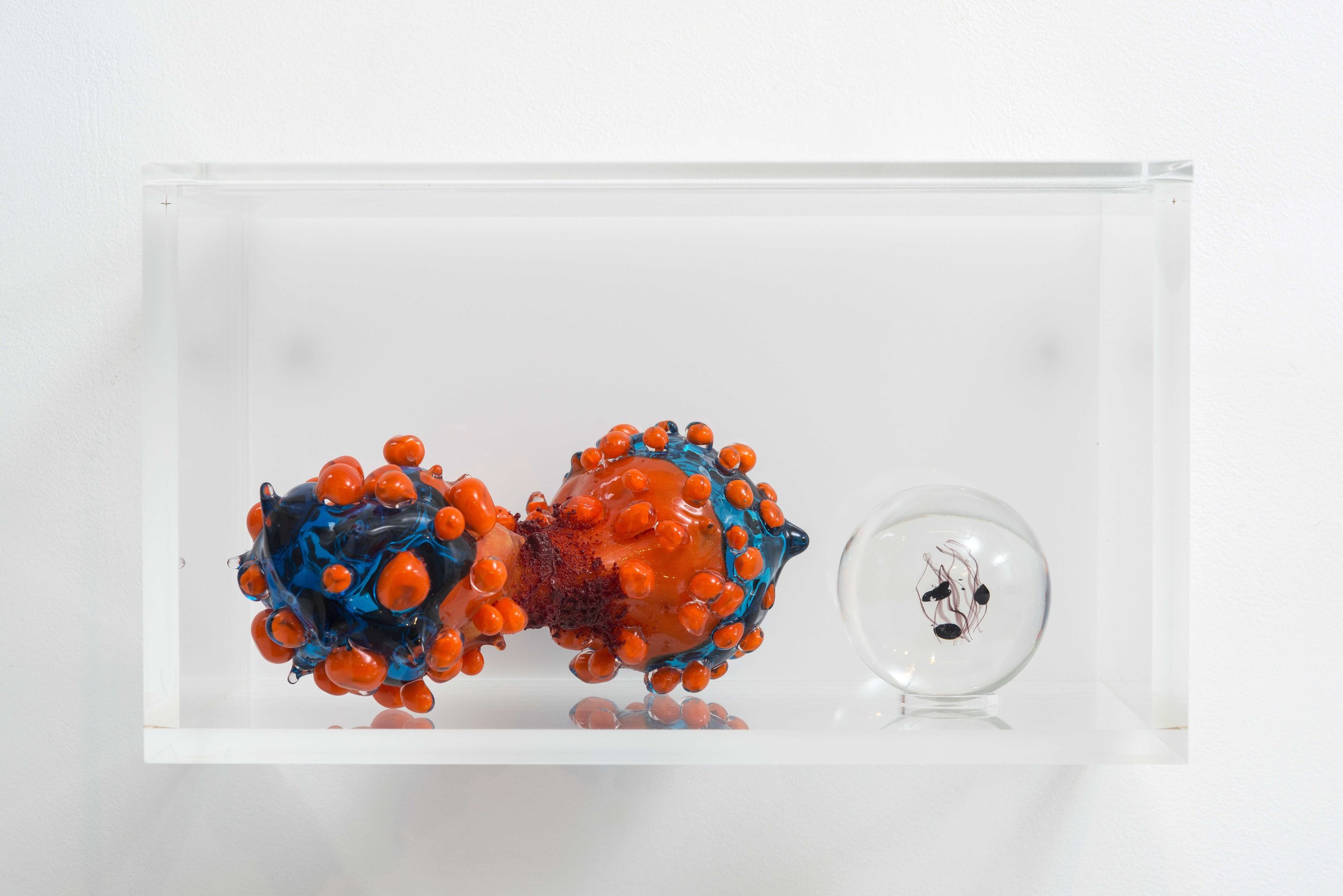
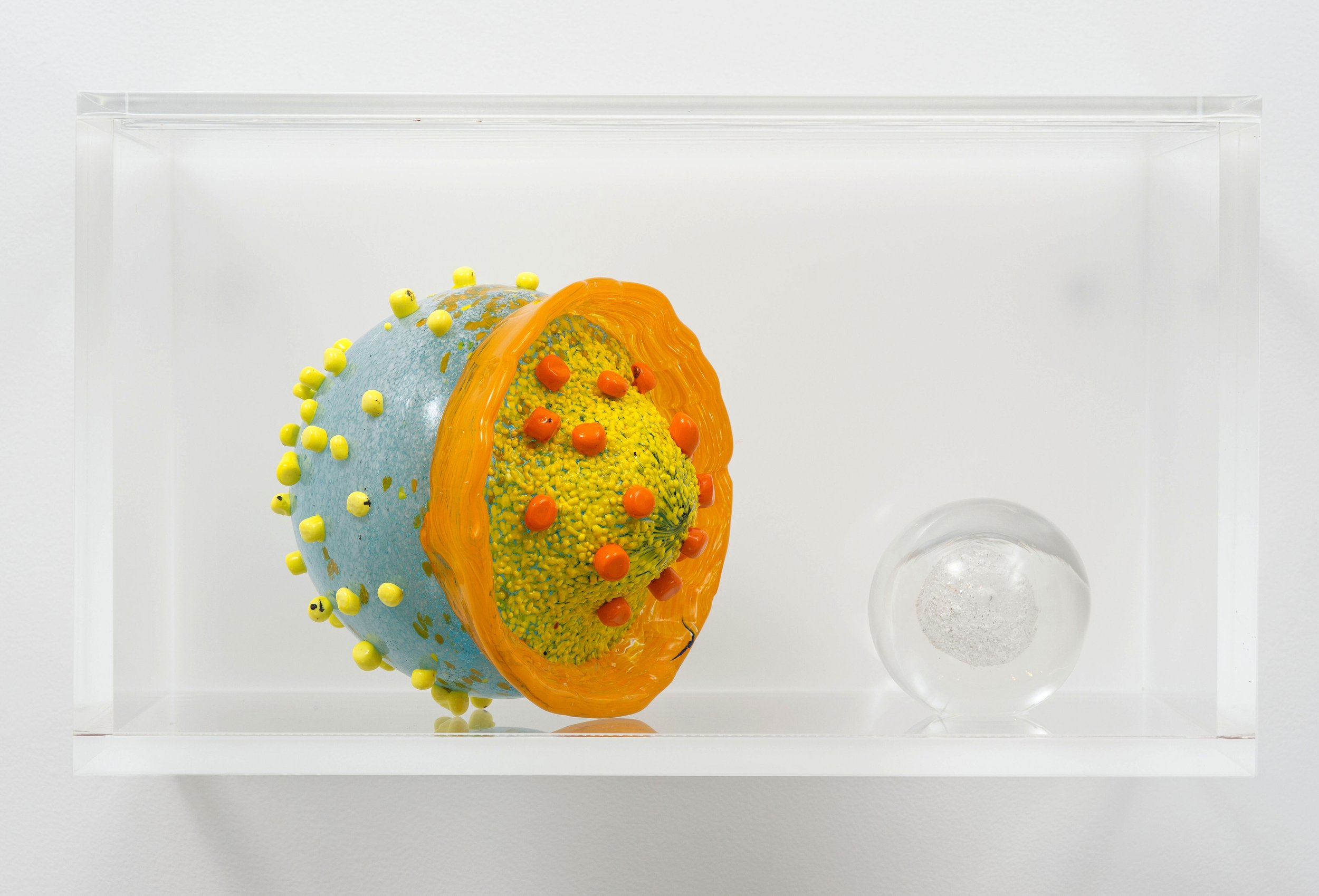
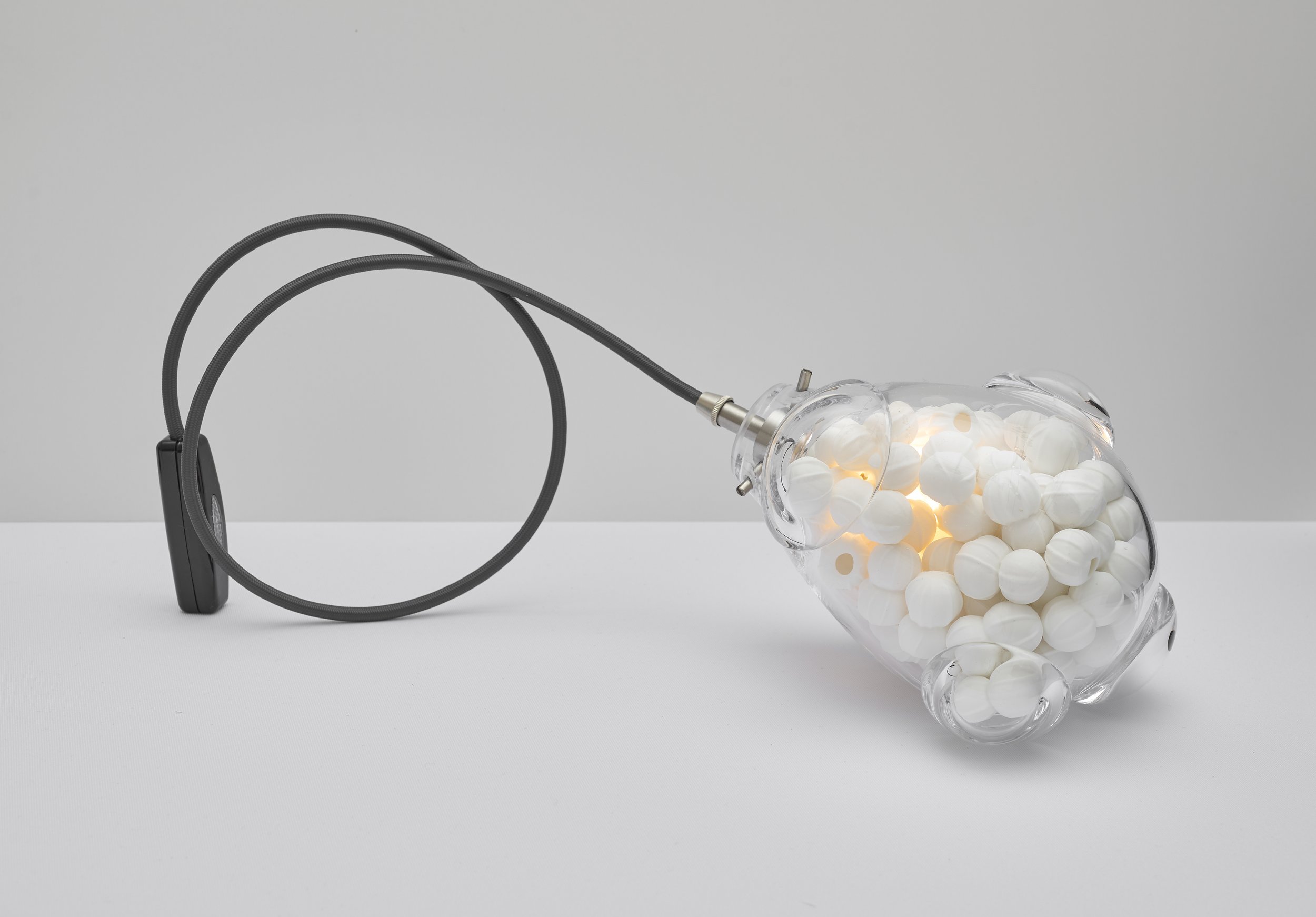

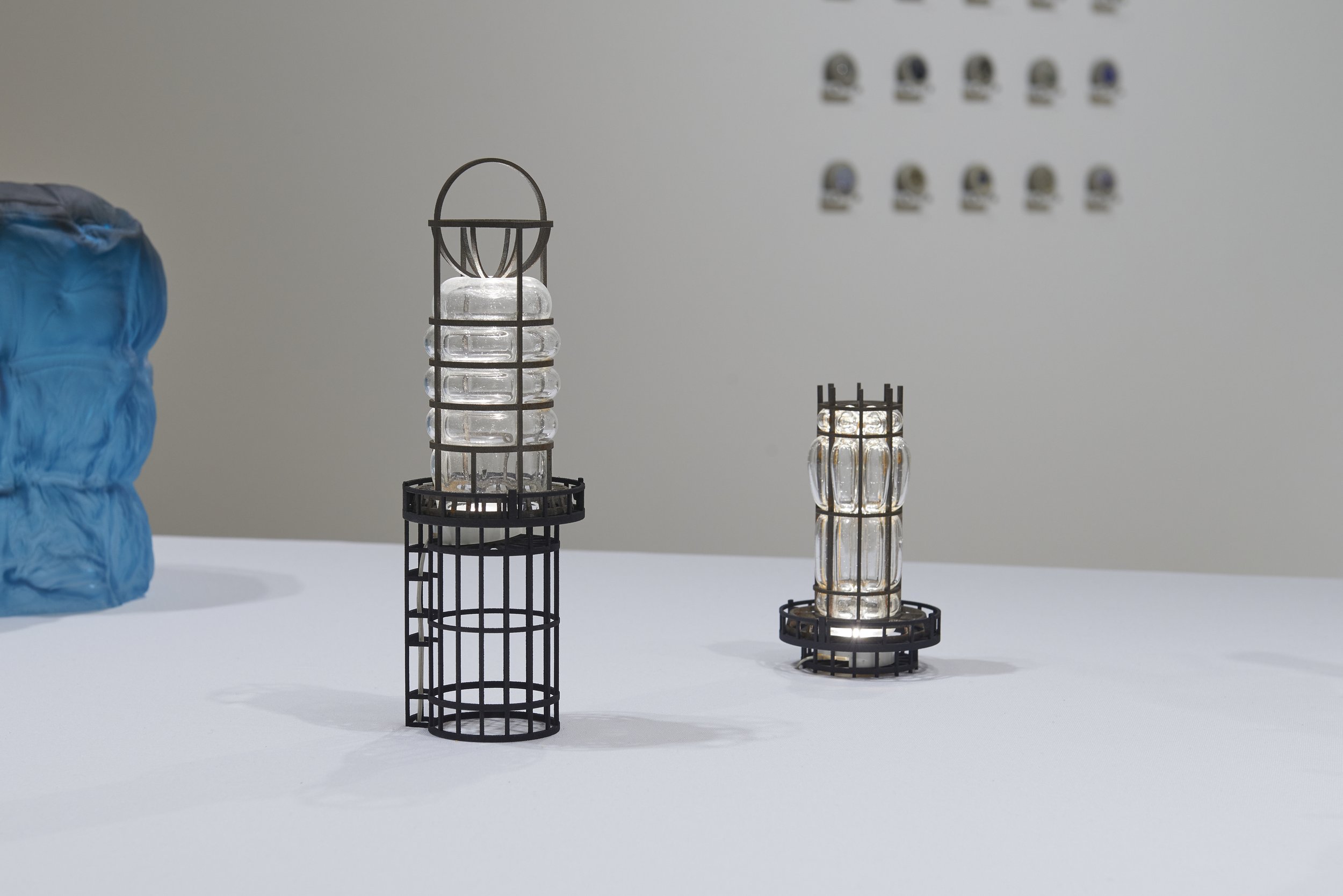

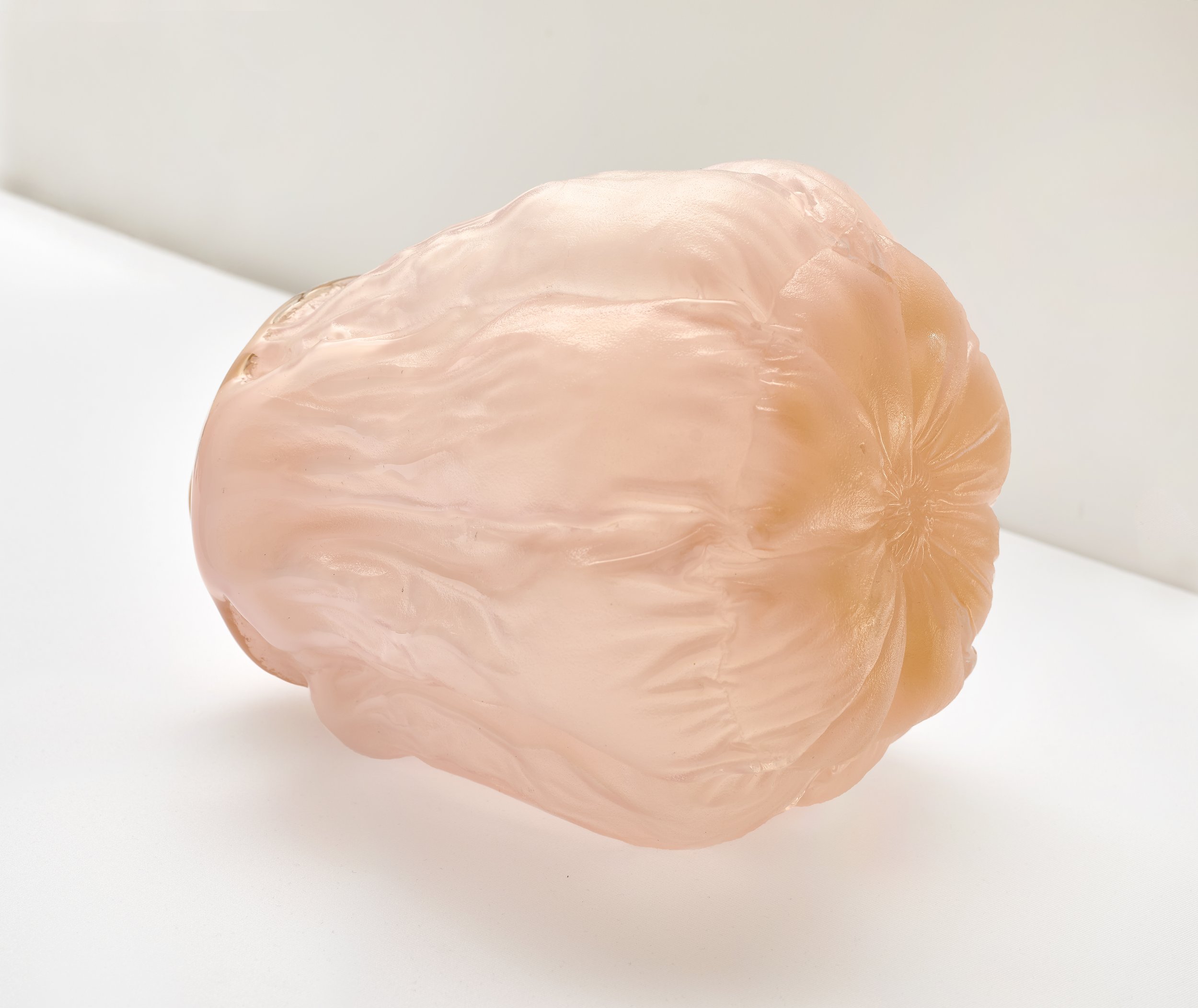
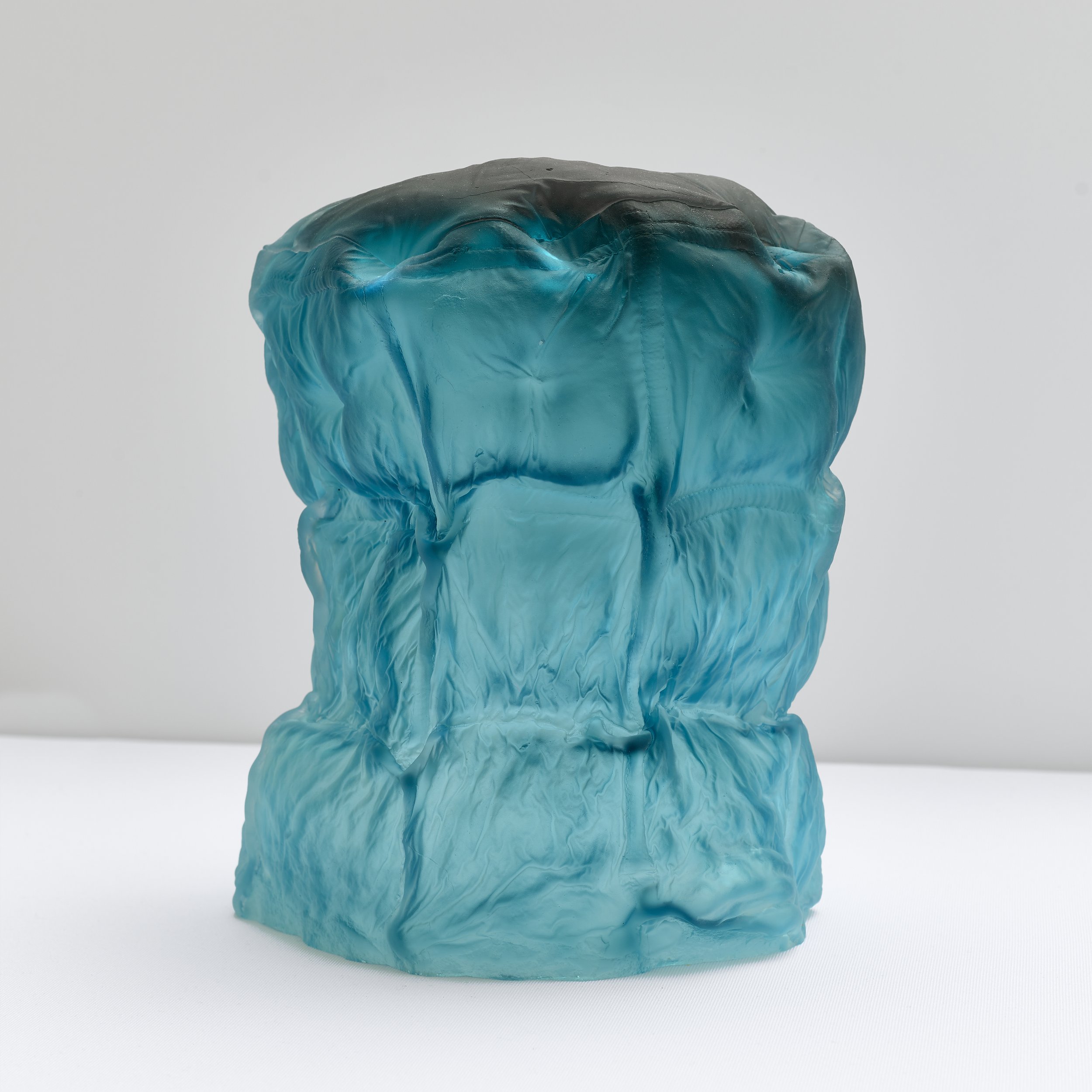
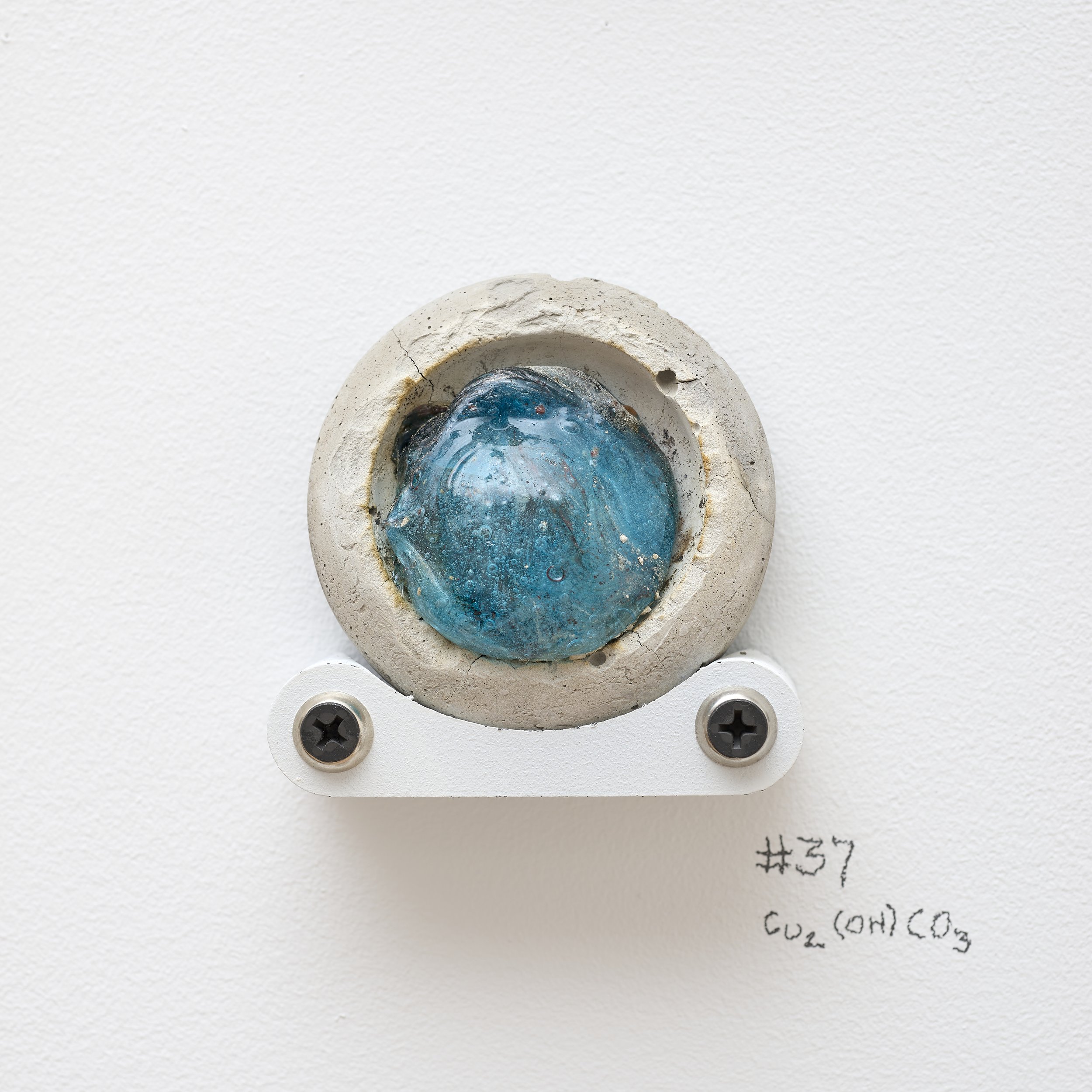
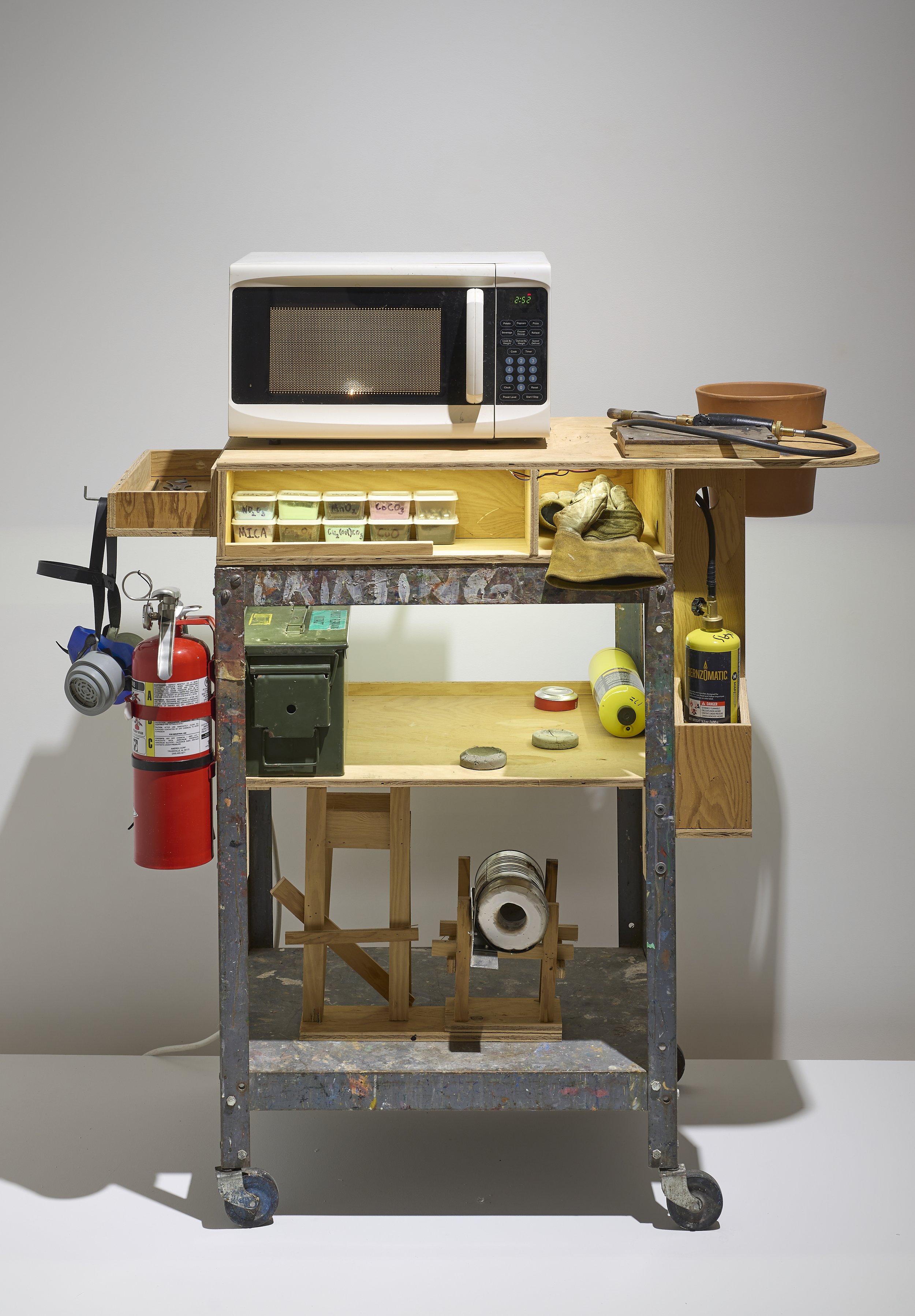
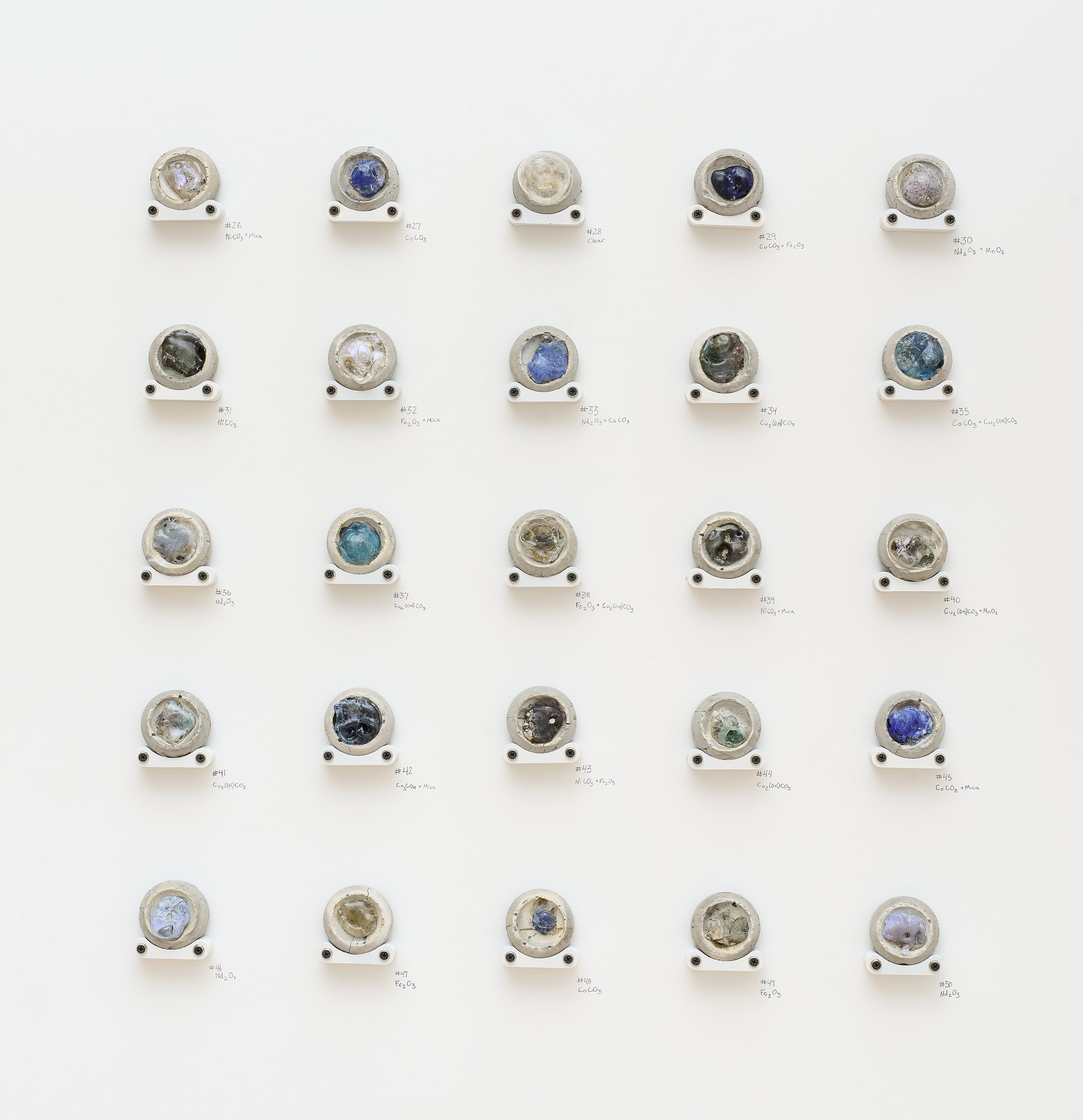
(bARELY) TEMPERED: CONCEPTS IN TENSION
Curated by Richard Lombard
March 10 - April 22, 2023
Jane Lombard Gallery is pleased to present the group show (Barely) Tempered: Concepts in Tension, organized by Richard Lombard, independent curator of design. This cross-disciplinary show comprises works in glass that blur the boundaries of art and design, featuring objects by an international assemblage of artists, designers, and makers. Coming from a wide range of backgrounds, these practitioners take this fragile, multidimensional material and form fluid expressions across a range of concepts. From optically clear to fully opaque, razor-sharp edges to organic forms, dense to diaphanous, and every color of the rainbow – glass is the chameleon of materials, giving tremendous range to discourses on environmental changes, material interactions, and the immense potential in all organisms. Featured will be gallery artists James Clar, Kristin McIver, and Lucy + Jorge Orta, as well as Tomoko Amaki Abe, Adolf Gunther, Lukas Milanak, Thomas Modeen, Malin Pierre, Rui Sasaki, Silo Studio, and Cristina Vezzini and Stan Chen.
Glass is the unifying material for the objects in the exhibition; while often overlooked due to its own ubiquity from window panes to drinking vessels, glass is one of the most multifaceted materials to work with, irrespective of discipline. Throughout (Barely) Tempered, the selected works explore a critical element of the shared material, and of life: tension. The control of internal stresses in the material, known as annealing, is essential to the successful execution of works in glass. “Tempering” is a type of annealing process that forces the surface of the material into the core. Done incorrectly, the material could explode from the slightest input.
Rui Sasaki brings the most extreme amount of tension into her work. Coming from the Hokuriku region of Japan, which has the most snowfall of any inhabited area in the world, the artist blows her phosphorescent glass directly onto the snow. When the 1,200°C molten material comes in contact with the snow, the violent reaction causes the glass to pit and crater as the water vaporizes instantly. These floor-based pieces are combined in an immersive installation with Sasaki’s equally-luminous suspended works.
Containing a different kind of tension – that of a controlled chemical reaction – Adolf Gunther’s Continuous Gas Mixing Chamber is precision-formed, borosilicate laboratory glass that literally radiates with ports through which gasses would stream together to be combined.
Referencing the technique of “cage-blown glass”, two practitioners imbue the practice with new meaning. Thomas Modeen brings a technological tension into play, adding a 21st-century twist to the age-old process by 3D printing his cages from steel. Although not truly “caged,” the work of Attua Aparicio and Oscar Lessing, the makers behind Silo Studio, further explores this type of restrained glassblowing. Using textile molds made from aramid fibers (similar to carbon fiber) – as opposed to the usual wood, metal, or other rigid materials – these vessels express a decidedly tenuous nature that belies the fact that they are just as rigid, durable, and practical as their stiffer-appearing brethren.
The work of Malin Pierre has a literal connection to, and physical separation from, the constraints placed on the material. Creating plaster molds from pillow-like fabric objects, Pierre captures incredible levels of flowing detail in a mold that is (barely) durable enough to transfer them onto blown glass. When the mold is broken off of the cooled material, the billowing, pleated forms that are revealed feel both organic and constructed, ephemeral and eternal.
Tomoko Amaki Abe and Lucy + Jorge Orta work with mixed materials like steel, found wood, and glass to express potential – a different kind of tension – found in humans and in nature. In her Blood to Milk, Abe expresses the ability of a mother to nourish her child from conception to viable, independent organism. In a complementary fashion, the Ortas take on totipotent cells, the most powerful stem cells in the body, giving form to their expansive and transformative potential. Their works burst from their armatures in a blood-red eruption of possibility.
Similarly, Cristina Vezzini (porcelain) and Stan Chen (glass) illuminate and give life to the seemingly infinite potential found in seeds. Their work Close Up resembles a seed pod crossed with an incubator. One can viscerally envision the piece bubbling and straining as the forces within struggle to explode into their ultimate form.
The process of making glass is highlighted by Lukas Milanak’s performative piece, Mobile Alchemy Research Station (M.A.R.S.). Milanak has assembled common appliances like a microwave and a propane torch that combine forces to achieve the temperature needed to melt glass. The artist conducts trials, adding elements to cullet glass and melting them together. The resulting collection of objects present as though “born” not “made.”
Working in neon glass, Kristin McIver’s Wave Piece explores the relentless rise of sea levels and the ever-increasing tension in the relationship between humans and their environment, while James Clar provides a bit of much-needed tension release with his whimsical, onomonopiatic Wheeeeeeeeeeeee!.
About the Curator
Richard Lombard is a Brooklyn-based materials specialist, writer, and curator working at the intersection of commercial, academic, and creative production. He worked at Sotheby’s before landing at Material ConneXion, an industry leader and one of the only dedicated materials resources at the time of its founding, where he was in charge of global design conferences, the quarterly publication MATTER, and forging relationships with top art and design schools worldwide. Lombard established the first academic materials library in the Middle East in Doha, Qatar, and concurrently taught materials and fabrication technologies, as well as design strategies and business ethics, in the MFA.DESIGN program at Virginia Commonwealth University in Qatar. He continues to lecture, write, and curate around the topic of materials and their applications, while advising designers, architects, and schools in this focus.